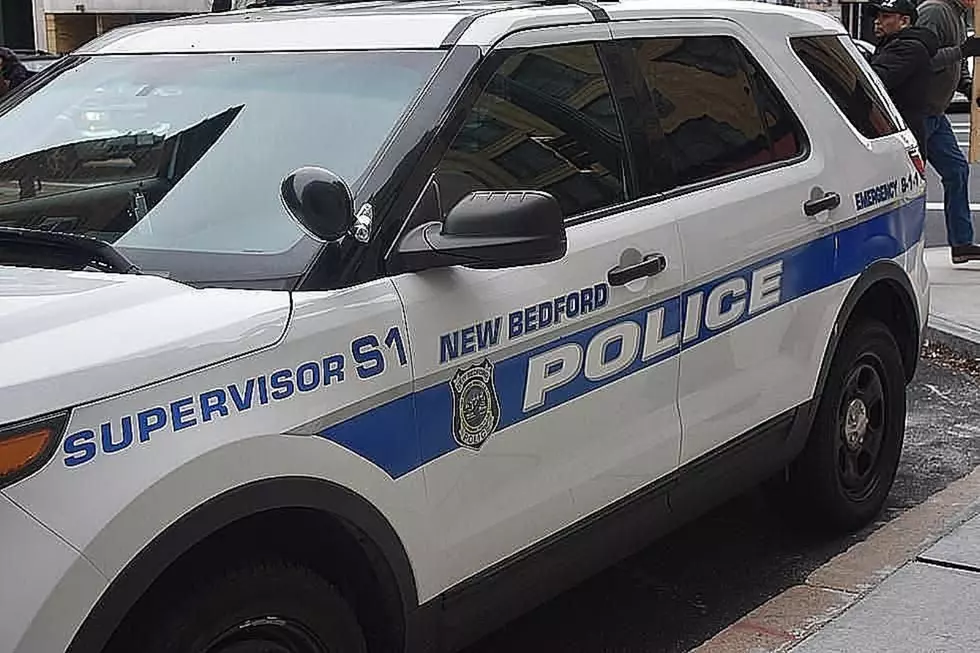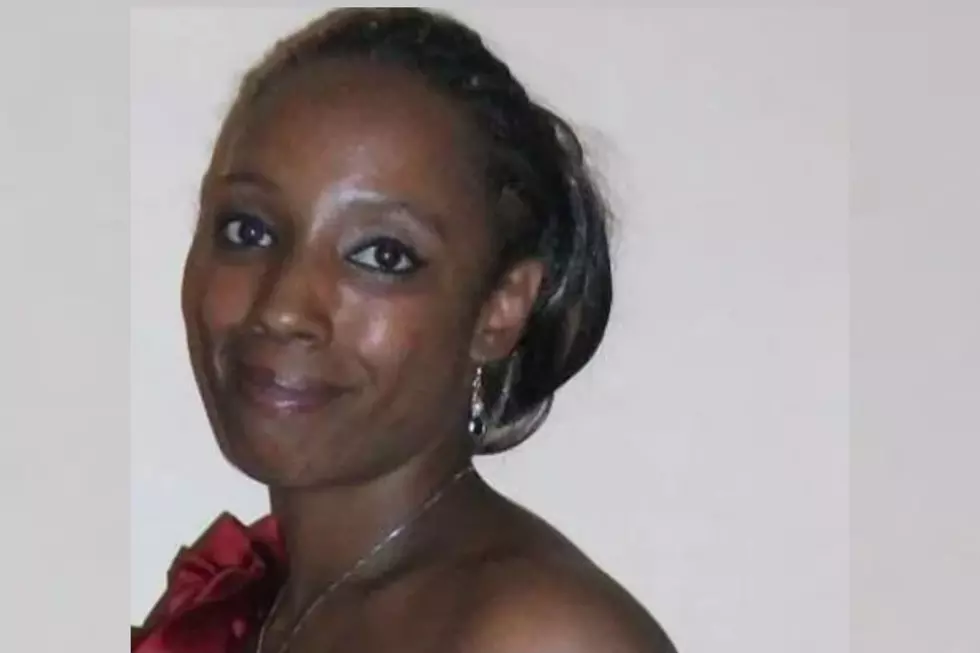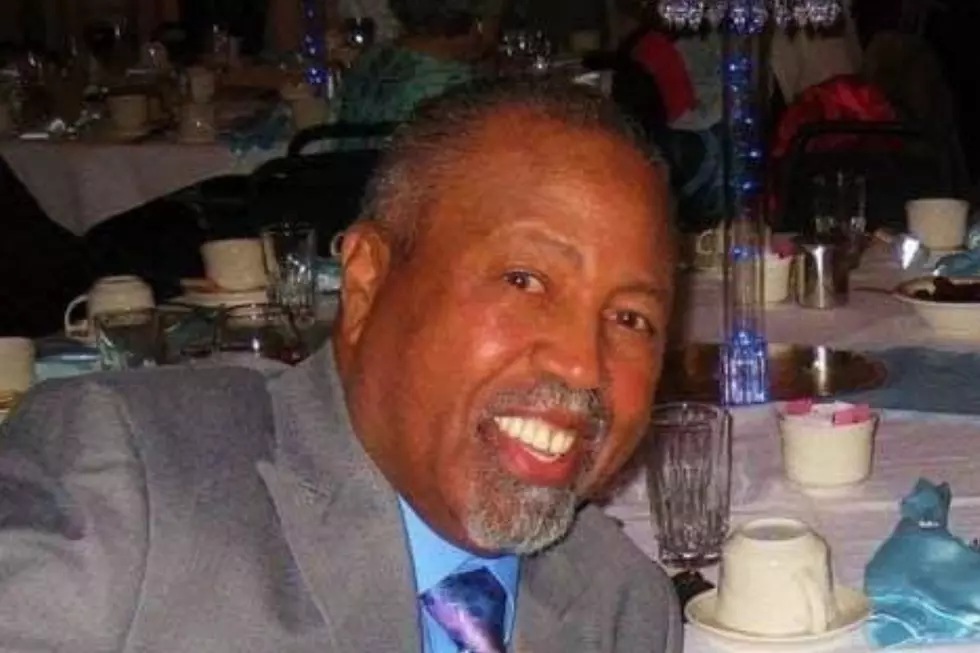![New Bedford Nurse Says St. Luke’s Staffing Critically Low [OPINION]](https://townsquare.media/site/518/files/2021/04/St.-Lukes-Hospital.jpeg?w=980&q=75)
New Bedford Nurse Says St. Luke’s Staffing Critically Low [OPINION]
Since the outset of the pandemic, nurses and other frontline healthcare workers have been at the forefront of the fight against COVID-19. Their courageous and indefatigable efforts to keep the virus at bay are often recognized by elected officials, healthcare executives, and other powerful individuals.
But these recognitions are mostly symbolic, not substantive.
While the COVID-19 virus has been an incredibly profitable enterprise for the healthcare service industry, it seems as though most of those profits move upward to the executive level, with very little being invested in the actual healthcare service and the people who are providing it.
A local example of this can be seen in the current contract negotiations between St. Luke's nurses, represented by the Mass Nurses Association, and Southcoast Health. The MNA is asking Southcoast Health for modest demands as part of a new collective bargaining agreement to include better wages for their nursing staff.
According to the MNA, the substandard wages offered by St. Luke's Hospital are keeping staffing levels at critically low, leaving approximately 90 nursing vacancies that have yet to be filled. These staffing levels, of course, adversely impact the quality of care that can be provided. It spreads each nurse extraordinarily thin, making it difficult to provide each patient with the time and attention that is needed.
Recently, I was joined on-air by Erica Cecil, a nurse at St. Luke's Hospital who is part of the MNA's negotiating team, to discuss the plight of the nurses at the New Bedford hospital. You can listen to the full conversation here:
Marcus Ferro is the host of The Marcus Ferro Show airing Saturdays on 1420 WBSM from 1 p.m. to 4 p.m. Contact him at marcusferrolaw@gmail.com. The opinions expressed in this commentary are solely those of the author.
LOOK: Here are the biggest HBCUs in America
More From WBSM-AM/AM 1420









